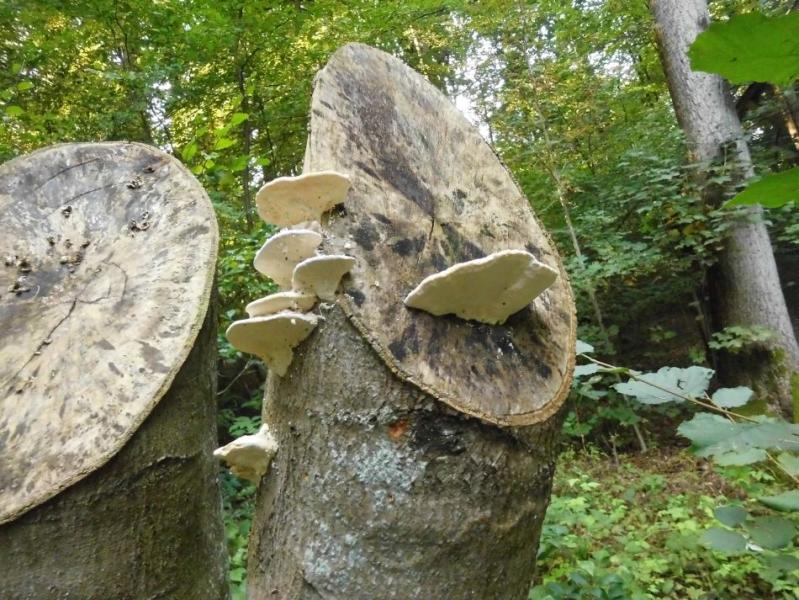Waste is big business, and although most of our waste is supposedly recycled, what about the 30% that isn’t? One solution is to use fungi to break it down instead of landfill and incineration. Paul Stamets, mycologist turned superhero, has discovered that a strain of Oyster mushroom not only breaks down polymers and carbons previously thought never to decompose, it produces fruiting bodies up to a foot across! This attracts flies and other insects which attract birds. Birds poop out seeds of plants, and before you know it, not only has the oil and plastic broken down, it’s become organic life sustaining soil where plants germinate, insects pollinate and the birds and the bees do their thing. This is one of the most exciting discoveries and important experiments of the century. Urge your local councils to innoculate existing landfill sites with these spores. Do so yourself while reaping a crop in the process.
Other important areas where mushrooms can be used is in the timber industry, woodland management and even domestic wood waste. When a plantation of trees is harvested for lumber, acres of stumps are left to rot. Stamets suggests innoculating them with plugs of wood pulp impregnated with mushroom spores. Within days, the mycelium colonizes the tree stump, decomposing it at superfast speed. When the fungi fruits, sometimes in a matter of weeks, the resulting mushrooms become a valuable secondary crop. With the stumps decomposing in a tenth of the time, the resulting material adds to the existing soil layer, making it deeper, more nutritious and able to sustain another generation of trees.
